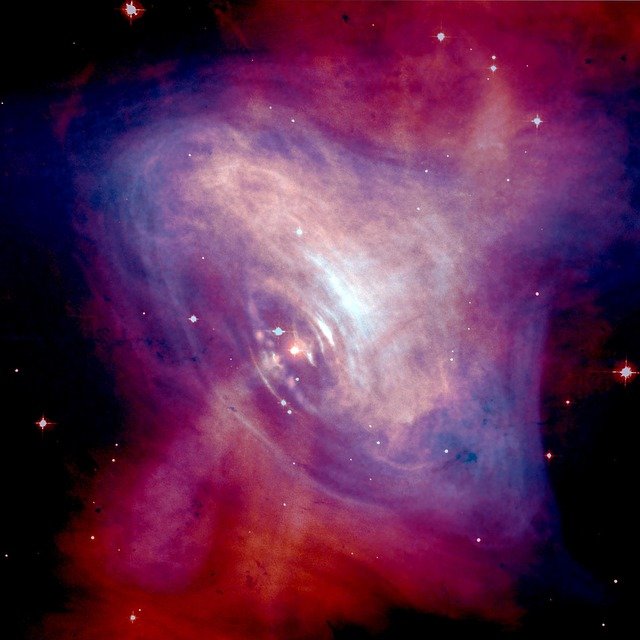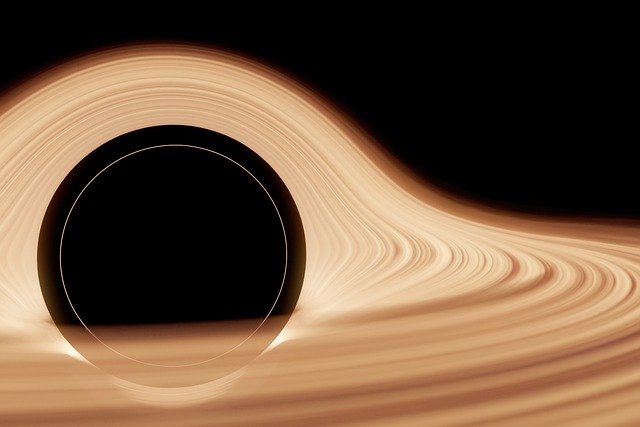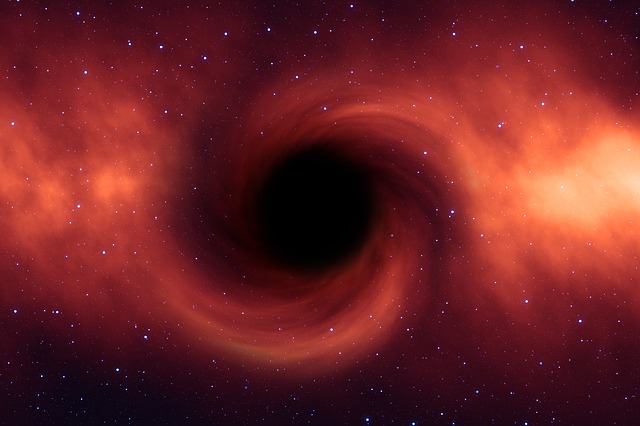*This post may contain affiliate links. This means we may make a commission if you purchase an item using one of our links*
The difference between a white hole and a black hole is the direction space-time is flowing. Space-time flow towards a black hole’s event horizon, whereas space-time flow away from a white hole’s event horizon.
Since the two entities are opposite and opposing, you might think that if the two collided, they would cancel each other out, but in actuality, the black hole would swallow the white hole since space-time is flowing inwards.
Keep reading to learn more about the differences between a white hole and a black hole and examples of what exactly would happen were the two to collide.
What Is a White Hole?
Table of Contents

White holes are the other side of the coin to black holes, or the time-reversal as physicists describe them. Think of a white hole like a video of a black hole playing backwards. White holes were conventions of general relativity due to the same equations for collapsed stars resulting in black holes.
There are a lot of similarities with black holes in that white holes have mass, might spin, and a ring of dust and gases around the event horizon acting as a boundary between the object and the rest of the universe. However, whereas black holes pull in things with no chance of escape, white holes repel objects, but any object already inside is free to leave.
Why White Holes Can’t Be Real
White holes are a solution to general relativity, but no one knows how one might form in reality. Black holes form when stars collapse, but reversing the process to get white holes doesn’t make much sense since an even horizon would explode into a functional star. It would be like an egg unscrambling itself.
Why White Holes Might Be Real
However, the possibility of white holes existing comes from Stephen Hawking’s realization in the 1970s that black holes leak energy. If a black hole leaks energy, it will eventually shrivel up and die, so what happens to the internal record of all the things the black hole swallowed? It creates a conflict between general relativity and quantum mechanics.
Scientist Rovelli theorizes that the death of a black hole is the birth of a white hole. As the black hole leaks energy and grows small enough to no longer obey general rules, quantum randomness takes over, and the black hole transforms into a white hole.
What Is A Black Hole?

When a massive star falls in on itself or collapses, the result is a supernova and a black hole. Black holes are large amounts of matter squeezed into a tiny space creating extreme gravity. This gravity is so strong that light cannot get out, making black holes invisible to the human eye.
Scientists know that black holes are there because of the effects of a black hole’s intense gravity on objects around it. Stars and gas near black holes act differently from those that aren’t, so scientists can study them to determine if they are orbiting a black hole.
How Do We Know Black Holes Exist?
Besides seeing the effects black holes have on stars and gases around them, scientists were also able to prove the existence of black holes by taking a picture of its silhouette using the Event Horizon Telescope. They couldn’t take a picture of the black hole’s core since there was no light, but they were able to take a picture of the glowing gas surrounding a black hole’s event horizon.
You can learn more about this project on the NASA website.
What Are The Differences Between The Two?
The simple difference between a white hole and a black hole is that a white hole allows anything inside it to escape back out into space freely, but nothing can get in from the outside, and a black hole allows nothing inside to escape outside, except radiations but pulls everything from the outside in.
The two are very similar since a white hole is just the time-reversal of a black hole. Where black holes are pulling in space-time, white holes are spewing out space-time. The only essential difference between them is the direction of space-time.
What Would Happen If They Collided?
There is a lot of ambiguity around what would happen if white and black holes collide. Theoretically, the black hole would swallow the white hole since the black hole is pulling in space-time while the white hole is pushing out space-time.
Think of it like turning a tap on right above the drain. The water flows directly from the tap to down the drain without any interference or complications.
What Happens After They collide?
The ambiguity comes after the black hole has swallowed the white hole since this could result in two possible outcomes: both combine to become a black hole or both combine to become a white hole. Which is the outcome will depend on whether the black hole of the white hole has more mass.
Going back to the tap and drain example, if you only have a small amount of water coming out of the tap, the drain can easily take that water. However, if there is significantly more water than the drain can handle, the water will force its way out of the drain and reverse the water flow.
Note that just because the white hole has more mass does not guarantee that the black hole will become a white hole after they collide, only that it is more likely. If both the black and white holes have the same mass, it’s much harder to predict the outcome.
Summary
White holes and black holes are very similar, with one key difference being the flow of space-time. White holes have space-time flowing out, whereas black holes have space-time flowing in. Since white holes don’t allow anything past their event horizon, if a white hole and a black hole collide, the black hole would swallow the white hole.
However, white holes are purely theoretical, and there are a few issues about whether they could be real, so it isn’t easy to make predictions about them. Whether a black hole will become a white hole after colliding with a white hole is a possibility but ambiguous. There’s still more to discover to understand how white holes work concerning black holes thoroughly.
References
https://www.space.com/white-holes.html
https://www.nasa.gov/audience/forstudents/k-4/stories/nasa-knows/what-is-a-black-hole-k4.html

